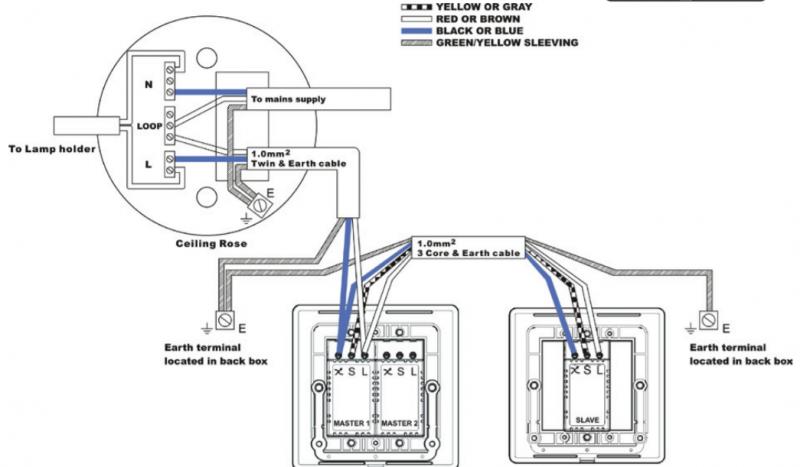Hi all, I hope someone can help.
Im my living room there is a total of 3 lights. 2 controllled by one switch. and the other by the remaining switch.
I want to fit a dimmer and they don't resemble each other at the back.
Prior to disconnection of the original it looked like this:

And the back of the new one looks like this:

Thanks in advance!
Im my living room there is a total of 3 lights. 2 controllled by one switch. and the other by the remaining switch.
I want to fit a dimmer and they don't resemble each other at the back.
Prior to disconnection of the original it looked like this:

And the back of the new one looks like this:

Thanks in advance!



